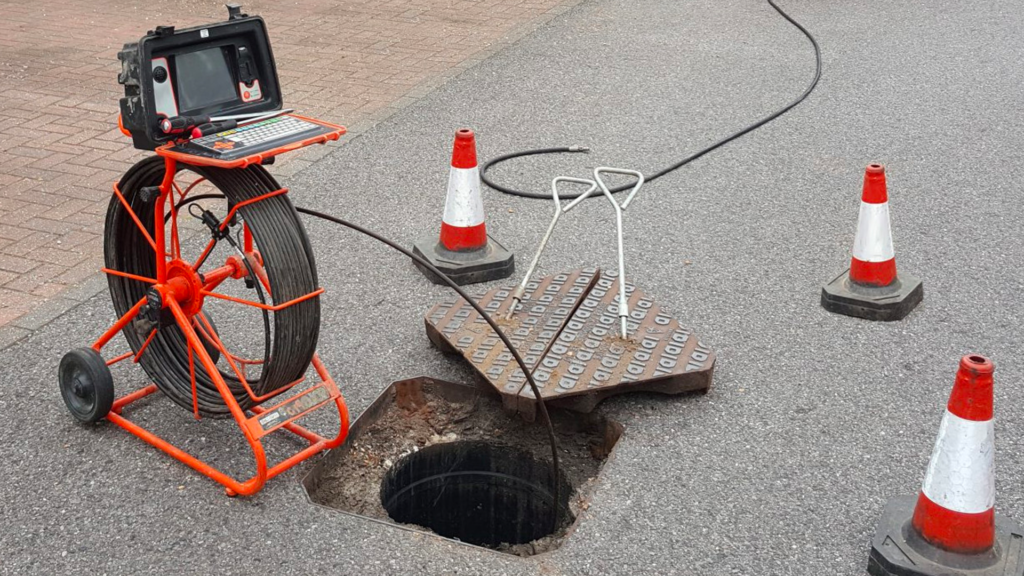Reclaim Waste Things To Know Before You Buy
Reclaim Waste Things To Know Before You Buy
Blog Article
What Does Reclaim Waste Mean?
Table of ContentsThe Basic Principles Of Reclaim Waste The Greatest Guide To Reclaim WasteNot known Facts About Reclaim Waste8 Easy Facts About Reclaim Waste ExplainedThings about Reclaim Waste
Discover the kinds, occurrences, and kinds of fluid waste. Residential sewage waste describes the waste and products from a domestic sewage-disposal tank. This sort of waste is produced by human beings in homes, schools, and other structures. This only includes septic containers that have a drainpipe area. The appropriate administration and disposal of residential sewer waste require fluid waste to be transferred to a sewage therapy plant where the correct techniques and tools are related to purify and deal with waste.
Industrial waste frequently consists of possible risks, such as combustible products or a mixture of liquid and strong waste products, and calls for a much more innovative and detailed disposal procedure. The disposal of commercial waste normally entails the filtering of waste before transport to make certain secure and appropriate disposal. Hazardous waste is produced from by-products and overflow of commercial procedures and manufacturing.
This kind of waste can not use the exact same sewer monitoring transportation or processes as septic or industrial liquids. The hazardous waste monitoring procedure calls for the evaluation and screening of fluid waste prior to it goes through the disposal procedure (liquid waste removal melbourne). Runoff waste is the liquid waste that originates from overflow and excess stormwater in extremely booming locations or cities
Drainage waste can create contamination and flooding if not taken care of effectively. Making certain appropriate waste administration can avoid disasters and lower ecological injury.
What Does Reclaim Waste Do?
Contact PROS Providers today to discover about our waste monitoring and disposal services and the appropriate ways to take care of the fluid waste you produce.
(https://www.openlearning.com/u/leonaube-smse1x/about/)Do you know what happens to your water when you draw the plug, flush the bathroom or drain pipes the cleaning device? No? Well, it's worth understanding. This supposed 'wastewater' is not only a crucial resource yet, after therapy, will be launched to our land, waterways or the sea. Utilized water from commodes, showers, baths, kitchen sinks, washings and industrial procedures is known as wastewater.

water made use of to cool equipment or clean plant and devices). Stormwater, a form of wastewater, is overflow that moves from farming and urban areas such as roofing systems, parks, yards, roads, paths and seamless gutters right into stormwater drains, after rain. Stormwater moves without treatment straight to local creeks or rivers, ultimately getting to the ocean.
The 9-Second Trick For Reclaim Waste
In Queensland, a lot of wastewater is treated at sewage treatment plants. Wastewater is delivered from residential or commercial websites with a system of drains and pump terminals, recognized as sewage reticulation, to a sewer treatment plant.
The Department of Natural Resources suggests city governments about handling, operating and preserving sewerage systems and treatment plants. In unsewered areas, regional governments might require homeowners to install specific or family sewage therapy systems to treat domestic wastewater from bathrooms, kitchens, restrooms and washings. The Department of Natural Resources authorizes using home systems when they are shown to be efficient.
In some new neighborhoods, therapy of some internet stormwater to eliminate trash, sand and crushed rock has begun using gross toxin traps. Wastewater therapy takes place in 4 phases: Eliminates strong matter.
Uses small living microorganisms understands as micro-organisms to break down and remove staying liquified wastes and fine fragments. Micro-organisms and wastes are incorporated in the sludge.
Some Ideas on Reclaim Waste You Need To Know
Nutrient elimination is not readily available at all sewer therapy plants due to the fact that it calls for costly specialised equipment. Clear fluid effluent generated after treatment might still have disease-causing micro-organisms - industrial wastewater treatment.

This usually means wastewater needs to be dealt with or pollutants eliminated before it can be released to rivers. A lot of wastewater flows right into the sewage system. Under the Act, local federal governments provide approvals and licences for ecologically pertinent tasks (Ages) including wastewater releases that could have a neighborhood impact. The division administers authorizations and licences to Periods entailing wastewater launches that may have a local or statewide impact.
All About Reclaim Waste
Otherwise, samples are taken for research laboratory evaluation. Usually numerous examinations are required to develop the levels of each of the different toxins such as oils, hefty steels and pesticides in water. Monitoring supplies accurate details about water quality and can verify that licence problems are being fulfilled. The details gotten through tracking offers the basis for making water high quality decisions.
Report this page